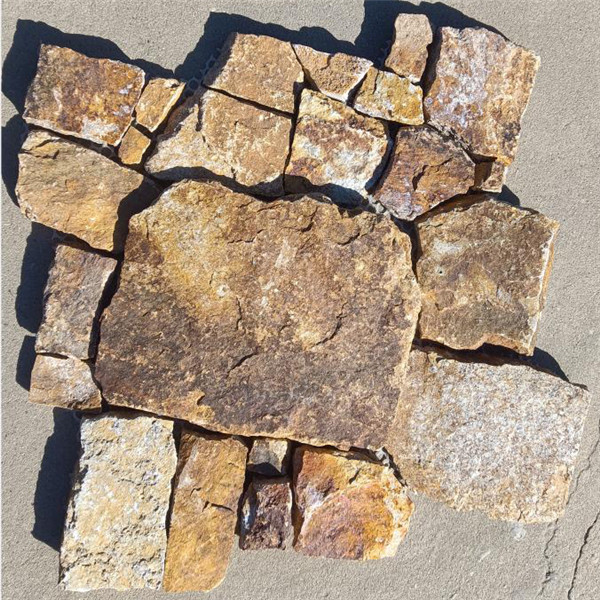Introduction
Soapstone has been used for centuries for its beauty, durability, and versatility. Cultured soapstone takes this natural material to another level, combining traditional craftsmanship with modern technology to create stunning and unique pieces. In this article, we will explore the art and science behind cultured soapstone, from its history and production process to its uses and benefits.
History of Soapstone
Soapstone, also known as steatite, is a metamorphic rock that is composed primarily of talc, with varying amounts of other minerals such as chlorite, pyroxenes, micas, amphiboles, and carbonates. It has been used by various cultures around the world for thousands of years due to its softness, heat resistance, and ease of carving.
In ancient Egypt, soapstone was used to create various items such as scarabs, amulets, and seals. The Egyptians also used soapstone for architectural elements, such as pillars and sarcophagi. In China, soapstone carvings date back to the Ming dynasty, where intricate figurines and sculptures were created to showcase the stone's natural beauty.
In the Americas, indigenous peoples such as the Inuit and Native Americans used soapstone for cooking vessels, pipes, and carvings. Soapstone was also valued for its heat retention properties, making it ideal for use in fireplaces and stoves.
Production Process of Cultured Soapstone
Cultured soapstone is a unique material that is created through a specialized production process. The process starts with selecting high-quality soapstone blocks, which are then cut into smaller pieces and shaped into the desired form. These pieces are then mixed with a binding agent, such as resin or acrylic, to create a moldable material.
Once the material is mixed, it is poured into molds and allowed to cure for a specific period of time. After curing, the material is carefully polished and finished to reveal the natural beauty of the soapstone. The final product can vary in color, texture, and finish, depending on the specific techniques used during the production process.
Uses of Cultured Soapstone
Cultured soapstone is a versatile material that can be used in a variety of applications, both functional and decorative. Some common uses of cultured soapstone include:
1. Countertops and Surfaces: Cultured soapstone countertops are a popular choice for kitchens and bathrooms due to their heat resistance, durability, and unique aesthetic. The smooth surface of soapstone is also ideal for food preparation and easy to clean.
2. Sinks and Vessels: Cultured soapstone sinks and vessels are a luxurious addition to any bathroom or kitchen. The natural beauty of soapstone adds a touch of elegance to the space, while the material's durability ensures long-lasting performance.

3. Sculptures and Artwork: Cultured soapstone is a favorite material among artists and sculptors due to its workability and unique color variations. Soapstone sculptures and artwork can range from small figurines to large installations, showcasing the versatility of the material.
4. Roofing slate vs. metal roofing : Soapstone's heat retention properties make it an excellent choice for fireplace surrounds and hearths. Cultured soapstone fireplace surrounds can add a touch of warmth and sophistication to any living space.
Benefits of Cultured Soapstone
Cultured soapstone offers a range of benefits that make it a popular choice for designers, architects, and homeowners alike. Some of the key benefits of cultured soapstone include:
1. Durability: Cultured soapstone is a durable material that is resistant to heat, stains, and scratches. This makes it an ideal choice for high-traffic areas such as kitchens and bathrooms, where durability is essential.
2. Aesthetic Appeal: Cultured soapstone has a natural beauty that is unmatched by other materials. The unique color variations and veining patterns of soapstone create a one-of-a-kind look that adds character and sophistication to any space.
3. Low Maintenance: Cultured soapstone is easy to clean and maintain, requiring only mild soap and water for regular upkeep. The material's non-porous surface also resists bacteria and stains, making it a hygienic choice for countertops and surfaces.
4. Eco-Friendly: Cultured soapstone is an environmentally friendly material that is made from natural minerals and recycled components. The production process of cultured soapstone also generates minimal waste, making it a sustainable choice for eco-conscious consumers.
Conclusion
Cultured soapstone is a unique material that combines the beauty of natural soapstone with the precision of modern technology. From its ancient origins to its modern applications, cultured soapstone continues to be a popular choice for a wide range of projects. Whether used in countertops, sinks, sculptures, or fireplace surrounds, cultured soapstone adds a touch of elegance and sophistication to any space. With its durability, aesthetic appeal, low maintenance, and eco-friendly properties, cultured soapstone is sure to remain a timeless favorite among designers and homeowners for years to come.
